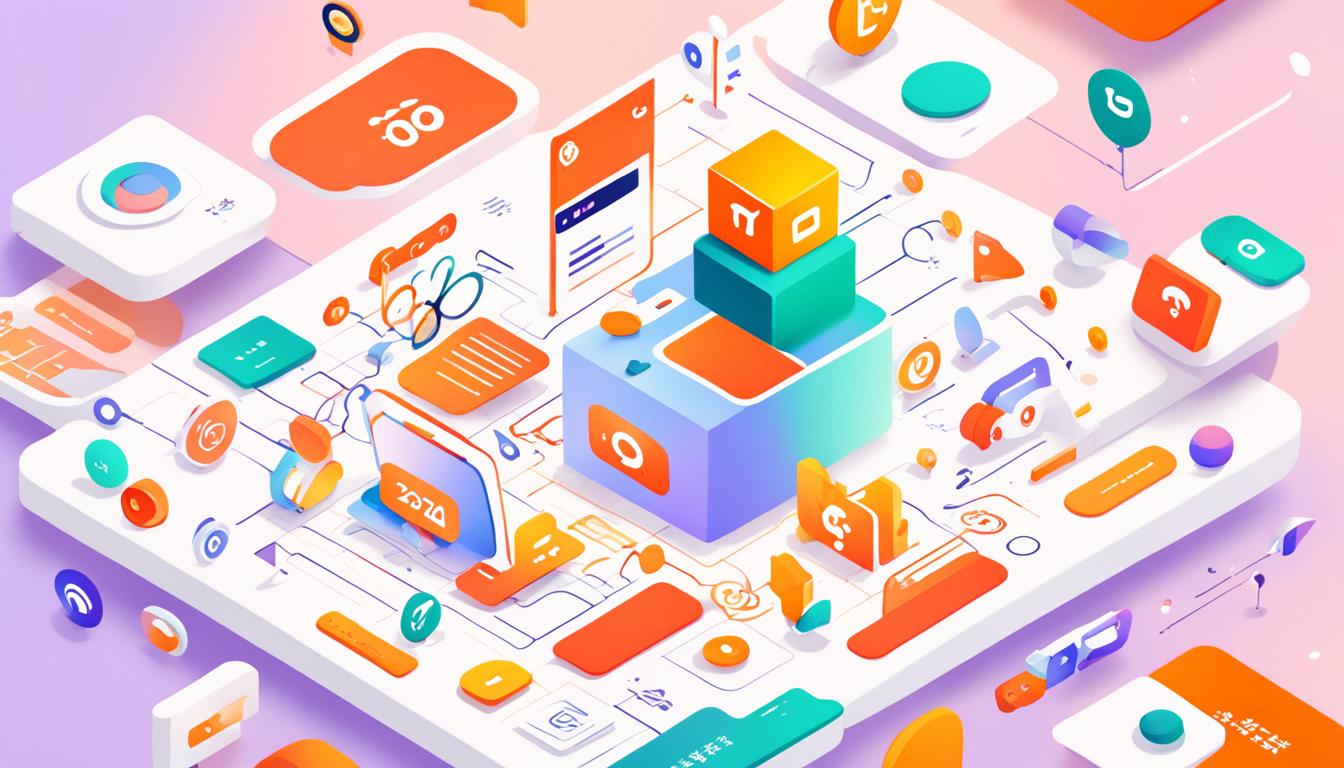Customer experience (CX) has become a critical factor for businesses striving to build loyalty and drive growth. In 2025, emerging technologies are reshaping the way brands interact with customers, making experiences more seamless, personalized, and efficient.
This article explores the top technology trends revolutionizing CX in 2025 and how businesses can leverage them to stay competitive.
AI-Powered Customer Support
Artificial Intelligence has revolutionized customer support through advanced chatbots and virtual assistants. AI-powered solutions, as opposed to conventional bots, use natural language processing (NLP) to understand client inquiries and provide conversational, human-like responses.
Grand View Research states that in 2024, the chatbot market was projected to be valued at USD 7.76 billion. From 2025 to 2030, it is anticipated to rise at a compound annual growth rate (CAGR) of 23.3%.
The rapid expansion of the chatbot industry can be attributed to continuous advancements in AI and machine learning technologies. Many businesses now integrate AI chatbots across websites, mobile applications, and social media platforms to provide round-the-clock customer assistance.
Personalized Interactions with AI
AI-powered solutions examine consumer preferences and behavior, enabling companies to provide incredibly tailored experiences.
Businesses like Amazon and Netflix employ artificial intelligence to make personalized product and content recommendations, which makes user interactions more interesting and pertinent.
Beyond recommendations, AI personalization is widely applied in areas like email marketing, customer service, and product suggestions to enhance user satisfaction.
Predictive Analytics for Anticipating Needs
Through predictive analytics, businesses can foresee customer issues before they occur. The demand for predictive analytics is increasing, pricing the benefits it brings to the table.
The global predictive analytics market was valued at USD 14.41 billion in 2024. Precedence Research reports that it is expected to exceed USD 100.20 billion by 2034, reflecting an impressive CAGR of 21.40% between 2024 and 2034.
By analyzing historical data and interactions, AI predicts potential challenges and proactively offers solutions, reducing customer frustration and improving satisfaction.
Robotic Process Automation (RPA) in Customer Service
RPA streamlines repetitive customer service tasks, such as processing refunds, managing inquiries, and updating records. This automation significantly reduces response times, improving efficiency and customer satisfaction.
Industry trends indicate a growing demand for RPA solutions. According to Statista, RPA adoption has seen explosive growth. Analysts forecast the market will have aggressive expansion at 36.6% annually through 2032. By the end of this period, it is expected to reach $81.8 billion.
Enhancing Backend Operations for Superior Customer Experience
RPA greatly improves operational efficiency and raises the standard of customer service by automating backend operations. RPA streamlines operations by automating repetitive tasks, combining flawless accuracy with accelerated processing speeds. It integrates seamlessly with systems like CRMs and ERPs, enabling real-time updates and a streamlined flow of information.
This automation frees up customer service representatives, allowing them to focus on complex, high-value concerns that require empathy and critical thinking. Additionally, RPA operates 24/7, ensuring backend tasks are completed promptly, even outside business hours.
Improving Accuracy in Customer Reports
Reducing human error in manually created reports enhances reliability. Consistent and precise reporting enables businesses to meet customer expectations more effectively.
This is especially critical in industries like law, where accuracy is foundational.
For instance, client intake software automates data collection, minimizing manual errors and optimizing efficiency.
According to Law Ruler, automating intake processes allows law firms to enhance the lead-to-client conversion rate. Customizable fields and intelligent forms tailor interactions based on client responses, providing a more personalized experience while eliminating time-consuming, error-prone manual processes.
By integrating RPA with client intake software, businesses can automate data collection, verification, and onboarding. This eliminates paperwork, reduces mistakes, and speeds up response times, resulting in a seamless client experience.
Internet of Things (IoT) for Personalized Customer Experience (CX)
IoT-connected devices gather real-time data to provide tailored experiences. From smart home technologies to wearable devices and connected vehicles, these innovations offer personalized recommendations and automated solutions that elevate customer interactions.
Smart Home Devices and Tailored Recommendations
Devices like Google Nest and Amazon Echo learn user behaviors to optimize home settings, suggest relevant products, and automate daily activities. This level of personalization not only enhances convenience but also boosts customer satisfaction by aligning services with individual needs.
IoT-Driven Predictive Maintenance for Proactive Support
IoT sensors integrated into appliances, vehicles, and industrial machines identify potential issues before they become critical. This proactive maintenance approach minimizes downtime and strengthens customer trust by ensuring uninterrupted service and reliability.
Delivering Remote Support and Services
As an expert told Forbes, companies can use IoT to provide remote support and services via connected devices. For instance, IoT-enabled products allow customers to access real-time assistance, receive software updates, and troubleshoot devices remotely.
Additionally, customers can control their devices from a distance, offering convenience and a highly personalized experience. By showcasing a dedication to quick and efficient service, this strategy increases client satisfaction and loyalty.
FAQs
- What is the future of customer experience?
A: The future of customer experience (CX) will be driven by personalization, AI-powered automation, and sustainability. Brands will focus on emotional intelligence, predictive analytics, and seamless omnichannel interactions. Customer expectations for instant, frictionless, and hyper-personalized service will push businesses to innovate continuously and adopt emerging technologies.
- What is the future of customer engagement?
A: Customer engagement will be increasingly personalized, leveraging AI and data analytics to tailor interactions. Brands will focus on creating meaningful connections through conversational AI, proactive service, and immersive experiences. As voice commands, social platforms, and instant engagement become the new norm, businesses must revolutionize their customer connection strategies.
- What is the new technology in customer experience?
A: Voice-enabled interactions, virtual reality (VR) showrooms, augmented reality (AR) product demos, and AI-driven chatbots are examples of emerging CX technology. Predictive analytics will enhance personalization, while blockchain can improve security and transparency. Companies will incorporate these developments in creating more engaging, effective, and customer-focused experiences.
The future of CX isn’t about choosing between digital and human experiences. It’s about creating seamless integrations that embrace technological advancement while preserving the irreplaceable value of human connection.
The question is no longer whether to adopt these technologies. It’s about how to implement them while preserving the authenticity and emotional intelligence that customers still crave.







